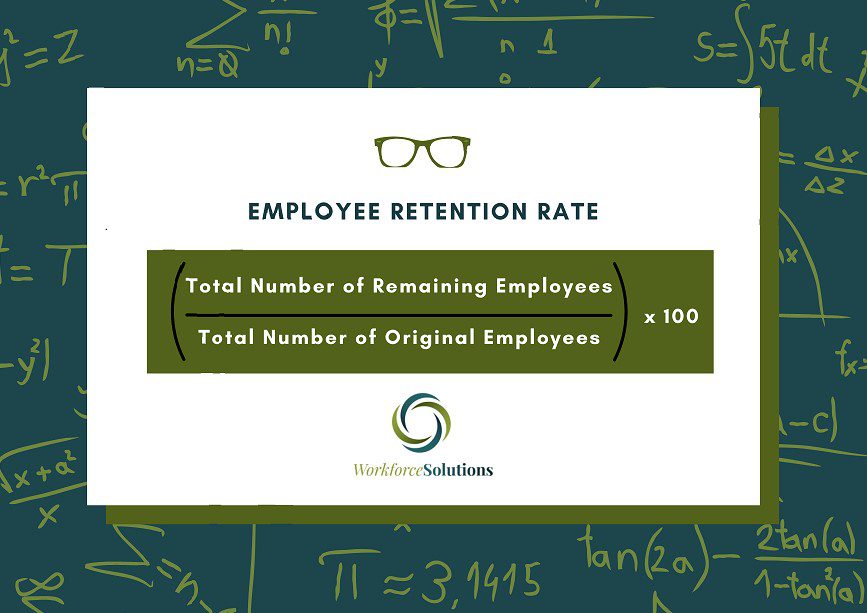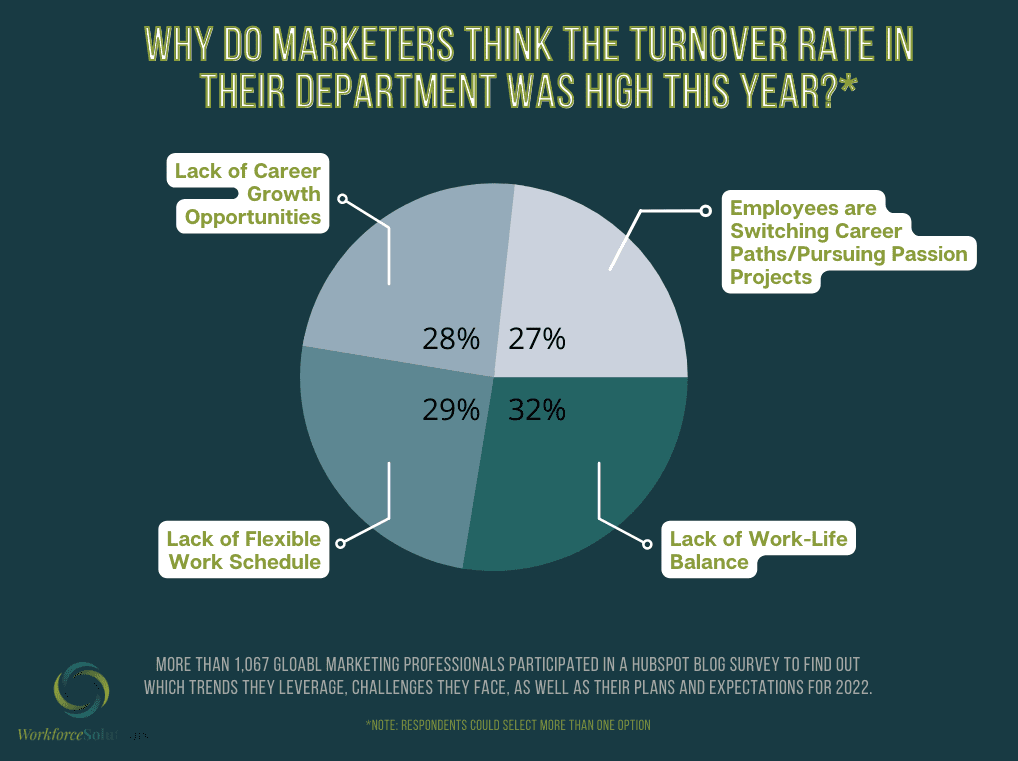Employee retention is key to the success of any business. If you lose valuable employees, it can be difficult and expensive to replace them. Luckily, there are a number of things you can do to optimize your retention strategy and keep your employees happy and productive. In this post, we’ll discuss some of the most important steps you can take.
Now, wouldn’t it be fascinating if we could turn the Great Resignation in the Great Retention? It would not be wrong to say that we’re in the middle of a workplace revolution. The way we look at work has changed drastically- thanks to globalization, the powerful internet, and artificial intelligence.
Many managers are taken aback when a top performer resigns, out of the blue. They’re at a loss. While searching for a replacement, they lean on the remaining team members to take on more responsibility, which in turn could be the breaking point that pushes them to think about leaving. With the stress of being down a team member, it may affect employee morale, which could undermine work performance and engagement. Not only is it time-consuming to find a suitable replacement for any position, but it can also cost a lot to the organization.
The overall turnover rate across industries in 2021, was 57.3%, however, that drops to just 25% when considering voluntary turnover alone. When it comes to voluntary turnover, trends continue to rise. According to the Work Institute’s 2020 Retention Report, it states that there’s been an 8% increase in turnover rates since 2018, and an 88% increase since 2010.
Depending on your industry, average turnover rates vary significantly. However, a 90% employee retention rate is generally considered good– thus, meaning the closer you can get to a 10% turnover rate, the better.

Employees leave companies for many reasons, but it all boils down to one simple explanation – their company isn’t meeting their needs. So, you may be thinking, “How can I find the problem and fix it so that our employees stay loyal for the long haul?” Download our PDF to learn about strategies that work.
Employee Benefit News states that an employee leaving, costs roughly 33% of a worker’s annual salary for the organization. This means that you stand to lose a lot of money with each employee who leaves. Of course, it’s difficult to quantify turnover costs because they’re so specific to each employee’s role and salary, however, keep in mind the negative impact the high turnover rates can have on company culture and employee productivity; this could lead to even more lost revenue down the line.
Since the pandemic shifted the whole world’s view on work, flexibility, autonomy, and the ability to work from anywhere has become a necessity. Even as offices begin to re-open, we see employees continue to prioritize work-life balance and flexibility.
Make sure that if your workplace has the ability to do so, that you are fostering the ability to work remotely. When you enable your team to choose when, where and how they work best, they will work hard for your company.

Luckily, a key factor driving nearly 80% of employees to leave their jobs is totally preventable. Yes, that’s right. 4 out of 5 departing employees cite a lack of appreciation as a factor in their decision.
If you focus on recognizing and appreciating your employees for their contributions, they’re happier, more productive, and highly unlikely to look for a new job. However, when they don’t feel recognized, they often feel apathetic and disconnected to those around them, leaving the door wide open for companies who do have a reputation of recognition to win them over.
All in all, the correlation between employee happiness and customer experience is ostensibly connected for many customer-facing roles. Some organizations fail to realize that customer experience can be influenced by an employee’s attitude across all levels and roles within an organization.
Employee happiness is much more than a “perk”. It is an essential step for organizational success as employees are your number one asset. They are worth prioritizing and investing in. By investing in your employees and showing them they’re valued, most companies succeed long-term and profit in a variety of ways.
We hope this article helped you understand the link between employee retention and organizational success. The strategies highlighted in this piece are a great starting point, but it’s important to remember that every business is different. What works for one company might not work for another, so be sure to tailor your retention strategy to fit your individual needs. If you would like to learn more about how to improve your employee retention strategy, please contact us today. Our team of experts is here to help!

